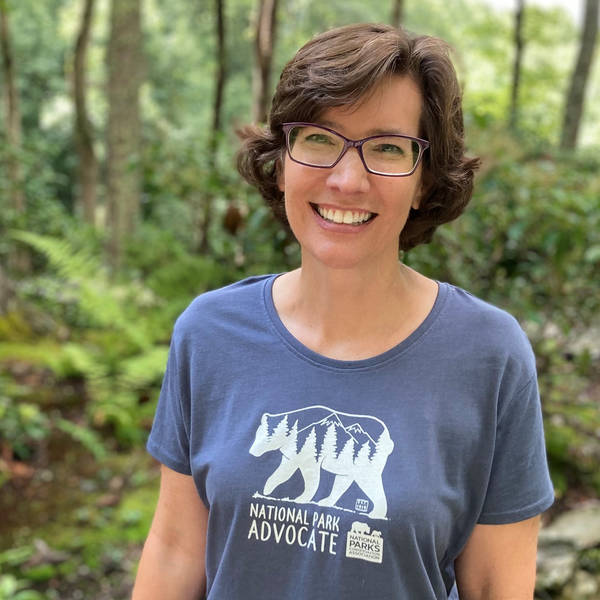William Howard Taft is the only person to serve as both U.S. president and Supreme Court Chief Justice during his career.
William Howard Taft served as the 27th U.S president and commander in chief from 1909 to 1913, but he is also regarded as the father of the modern U.S. Supreme Court for his leadership as chief justice from 1921 to 1930.
In these top governmental roles, the lawyer and judge from Ohio shaped many of the nation’s policies. As president, he supported conservation of natural resources, filed antitrust suits against unethical businesses, restructured the State Department and backed the federal income tax, among other stances. He created Glacier National Park and established 10 national monuments, one of which would later be renamed Zion National Park.

President William H. Taft speaking to a crowd at Bull Run, Virginia.
American Press Association, Library of Congress Prints and Photographs DivisionAs the country’s 10th chief justice, he orchestrated much of what we’ve come to know about the Supreme Court in the past century. The court’s procedures, including discretionary control of its own caseload, are the result of Taft’s innovation. He also increased the efficiency of the federal judiciary system by reorganizing the lower courts. He directed the construction of the Supreme Court building, giving the court its own space instead of small chambers within the U.S. Capitol building — a symbolic separation of the two governmental branches. In his charge to architects, Taft instructed them to design “a building of dignity and importance.”
He didn’t live to see the building, however. Construction began two years after his death in 1930 and wasn’t completed until 1935.
At his boyhood home, the William Howard Taft National Historic Site in Cincinnati, Ohio, visitors can learn about his two roles and other fascinating facts. Taft was the first president to throw the opening pitch to start a major league baseball season, and the first to drive a motor car. He also was the first president to be buried at Arlington National Cemetery, and his funeral was the first presidential memorial to be broadcast over the radio. He was the last president to keep a cow on the White House lawn.
Known as the “Gentle Giant” for his demeanor and size (he stood 6 feet tall and weighed 340 pounds during his presidency), Taft was born in Cincinnati in 1857. His father, a lawyer, and his mother raised him and his siblings in an environment of hard work, fair play and public service. He later began his own law career, rising to positions as a state and federal judge. After a stint as dean of Cincinnati Law School, Taft served his country as civil governor of the Philippines at the appointment of President William McKinley and as Secretary of War under President Theodore Roosevelt.
Along the way, he had two opportunities for nomination to the Supreme Court, but the presidents at the time gave him other strategic appointments instead. In 1905, he wrote his brother, “My ambition is to become a justice of the Supreme Court. I presume, however, there are very few men who would refuse to accept the nomination of the Republican party for the presidency, and I am not an exception.”

President William H. Taft, at his desk.
Harris & Ewing, Library of Congress Prints and Photographs DivisionWhen Roosevelt, a Republican, chose not to seek re-election, Taft became the presumptive nominee and easily won in 1908. Four years later, three candidates ran for president: Taft, as the Republican nominee, Woodrow Wilson as a Democrat and Roosevelt as a third-party candidate. With the nation’s Republican votes split, Wilson won the election. Afterward, Taft taught constitutional law at Yale University and served as president of the League to Enforce Peace, the forerunner to the League of Nations and later the United Nations, before President Warren Harding nominated him to preside over the high court.
Taft considered the role of chief justice to be his greatest honor, writing a few years into his tenure at the Supreme Court, "I don’t remember that I ever was President.” Taft retired from the position of chief justice in February 1930 due to illness and died a few weeks later.

President Taft’s physical size prompted installation of a specially designed bathtub in the White House. Here, four men pose inside it.
Library of Congress, Prints & Photographs DivisionAs dynamic as Taft was as a public servant, his wife, Helen “Nellie” Taft, also stands out among first ladies. She was the first presidential spouse to ride with her husband in the inaugural parade and the first to establish equal treatment of White House staff. She broke previous social codes by expanding the guest lists for White House functions to include divorced individuals, members of Congress and their families, and military personnel. She led the beautification of Potomac Park by planting the first Japanese flowering cherry tree at Washington, D.C.’s Tidal Basin after the people of Japan gave 3,000 cherry trees to the U.S. as a gift of friendship. Today, more than 3,700 cherry trees circle the basin, with their annual blooms famously signaling the start of spring.
Want to visit?
The William Howard Taft National Historic Site is located at Taft’s birthplace in Cincinnati, restored to look as it did when the future president grew up in the Greek revival house from 1857 to 1877. Saved from demolition in 1938, the house on Auburn Avenue became a national park site in 1969 to give visitors an understanding of the environment that shaped Taft’s character and philosophy toward public service.
Stay On Top of News
Our email newsletter shares the latest on parks.
About the author
-
 Linda Coutant Staff Writer
Linda Coutant Staff WriterAs staff writer on the Communications team, Linda Coutant manages the Park Advocate blog and coordinates the monthly Park Notes e-newsletter distributed to NPCA’s members and supporters. She lives in Western North Carolina.
-
General
-
- NPCA Region:
- Midwest